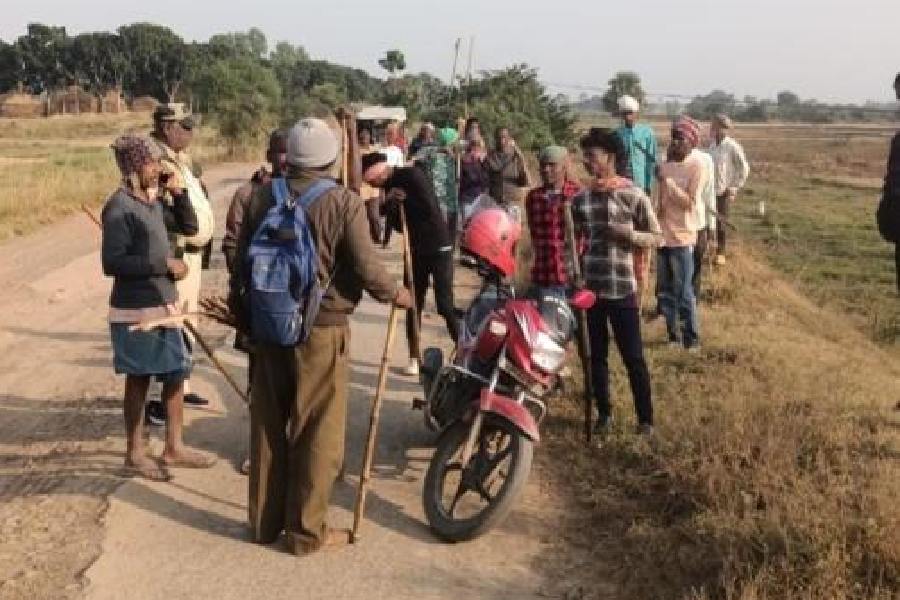Foresters in Murshidabad on Saturday night arrested 22 persons for trapping and killing a full-grown jungle cat, an endangered animal in India, in Murshidabad’s Suti.
All 22 persons, mostly from tribal communities, were produced at a Jangipur court on Sunday, and all were remanded to judicial custody for the next seven days, following a criminal case under the Wild Life (Protection) Act 1972, lodged by a senior forester.
“The jungle cat (Felis chaus) is a Scheduled I animal under the Wild Life (Protection) Act. Hunting or killing such an animal is dealt with with special legal care. A specific investigation in this connection was started,” said Debasish Biswas, the forest range officer in Murshidabad’s Jangipur.
According to the handbook of the forest department, Schedule 1 deals with endangered species. Stringent punishment, including imprisonment for law violations, is listed in this Schedule.
Animals like tiger, black buck, blue whale, common dolphin, cheetah, clouded leopard, Himalayan brown bear and brow-antlered deer fall under Schedule 1.
A source in the forest department said all the arrested tribal people are from Birbhum’s Jajigram, a neighbouring area of the district. They came to hunt animals in the forest in Jangipur on Saturday evening.
A group of foresters patrolling the zone spotted the team of hunters with the wild animal and detained them.
Although the jungle cat is considered an endangered species, the Bengal forest department has no recent survey report about the number of such animals in the state. A rough estimate suggests around 10,000 in rural Bengal. The populace of the species was affected by unplanned urbanisation and plugging water bodies.
The forest department conducts regular campaigns and awareness drives on hunting laws among the tribal people and persons living near forest areas. Special campaign drives are organised during the period when tribal communities observe hunting festivals.
“We regularly conduct awareness camps.... We always take stern actions against those who violate the law. In the past year we have arrested at least a hundred people for trapping or killing different wildlife animals,” said Pradip Bauri, the divisional forest officer of Murshidabad-Nadia range.
Tribal outfits claimed that the foresters should intensify their campaign drives before putting poor people behind bars as many from the indigenous community are still in the dark about the law.
“Hunting is not a new practice in our culture. Those involved in hunting are poor tribal people who had no idea about such acts. We request the foresters to intensify awareness campaigns before arresting them,” said Rabindranath Murmu, state secretary of tribal outfit Bharat Jakat Majhi Pargana Mahal.











